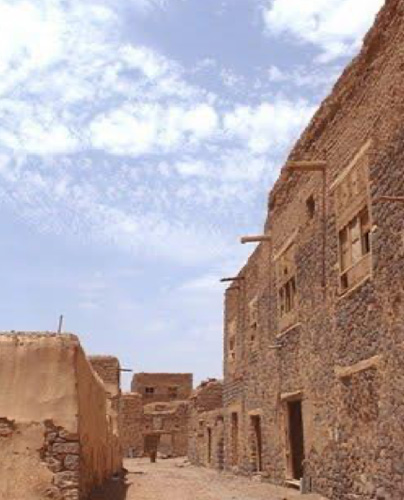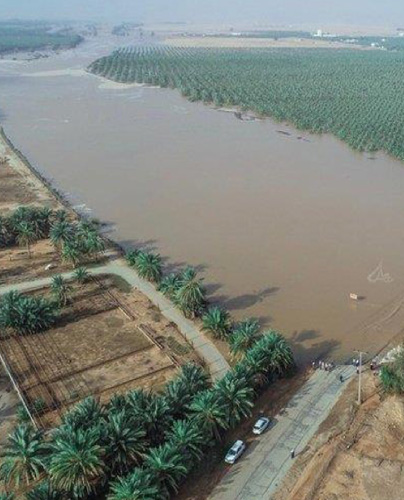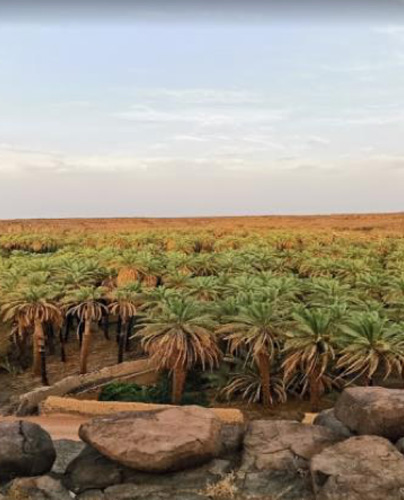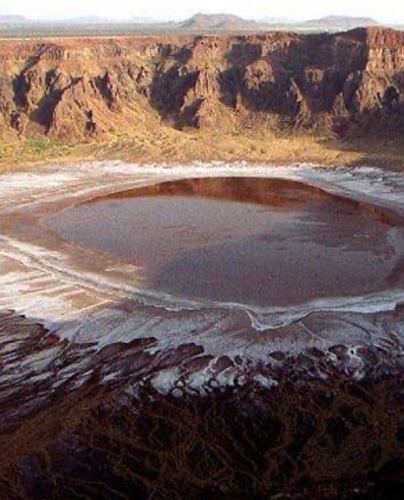Khaybar Province
Khaybar Province is located in the north of Madinah, and it has been considered, since ancient times, a wide oasis with fertile, generous soil, springs, abundant water, and agricultural soil. Among its most important tourist destinations are:
Tourist Attractions
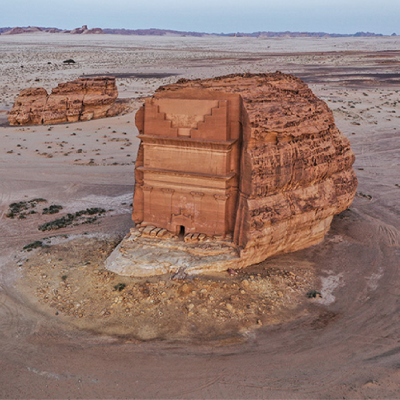
The site of the Battle of Khaybar is one of the tourist destinations that visitors to the city of the chosen Prophet, may God bless him and grant him peace, are keen to visit to evoke the historical events of the Muslim victory in the Battle of Khaybar, which took place in the seventh year of the Hijrah. The site contains 8 of the ancient forts that the Muslims were able to control during that historic conquest, and it also contains the tombs of the martyrs of honorable companions in the battle of Khaybar.

Khaybar Province is rich in a large number of stone constructions that date back to the seventh millennium BC, and they are important indicators of the historical depth of Saudi Arabia lands, and reflect the extent of the civilization development of successive nations that lived in the region, which stand as a natural archaeological witness that reveal the past and explain the previous life of predecessors, including behavior, culture, customs, and traditions, especially in the social and economic aspects for which it is believed that the stone constructions were designed for.

It is one of the largest caves in the Arab world. It is a grooved cavity extending 1,500 meters long, 45 meters wide, and 12 meters in high. Its height also varies along the path inside the cave until it reaches a height of 2 meters and a width of 3 meters. There are many narrow and wide tunnels and cavities inside it. The cave inside contains many antiquities, fossils, and historical inscriptions. Umm Jarasan Cave has become one of the tourist destinations for explorers and adventurers.
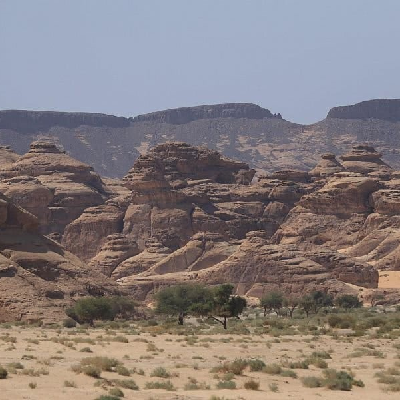
The Royal Commission for Al-Ula Province, in partnership with the University of Western Australia, revealed that the people who lived in the ancient northwest of the Arabian Peninsula 4,500 years ago built long "funerary paths". They are main paths surrounded by thousands of funerary monuments that linked oases and pastures, and reflect a high degree of social and economic interdependence among the inhabitants of the region in the third millennium BC.

